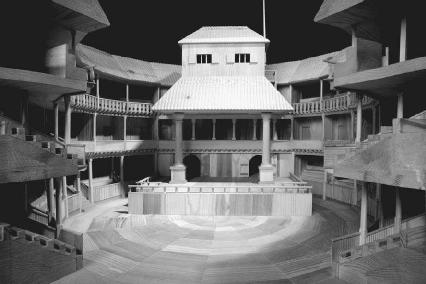Home » Posts tagged 'fake books'
Tag Archives: fake books
4. The Economicks of History. John Milsparre.
A drama in the great Elizabethan tradition, which proposes to take up the study of all of history through a look at a banker named Joham who has discovered a small draft that enables him to stay “unaged endless through and for all un-ending time”.

While navigating a typical romantic plot of bride-switching and love-hate relationships picked up later and improved by William Shakespeare, the main character relates how he has developed into a very wealthy man. The drama ends with a love triangle resolved in a way almost pre-figuring the comedies of Billy Wilder, where having vowed to use up his money to try everything, Joham agrees to marry a cross-dressed younger man (who scholars of the history of costuming say resembles nothing so much as the young Elizabeth). The play ends with the oft quoted lines
“I’ve lived a thousand lives, and loved so many more,
and learned no perfectness in those adored”.
Milsparre was drawn and quartered after the premiere performance, an event possibly attended by both Shakespeare and Marlowe, as it is presumed to have happened near the Mermaid Tavern. One rather brutal critic attributed this killing not to the political and satirical commentary the play raises, but rather to the dreadful misuse of the meter within the text.
1. Céostan
A repressed telling, written certain years after Beowulf, containing the battles of a mainly female warrior clan in direct opposition to the invading Angles, Jutes, and Saxons. Instead of the heroic journey and eventual death due to hubris proposed in the earlier poem, this telling of the classic story of a band against outsiders suggests a quiescence to the eventual fact of loss.

The death count within even the existing fragments is thousands upon thousands before the titular heroine is defeated at last. But she does not remove from life without inflicting a grievous wound on her opponent. She does not gloat, nor does she relish the victory, as it is pyrrhic at best: all her allies are gone and her land is dead.
In a compelling final installment, she rips out the heart of her victim and eats it to absorb his life, memories, and wisdom.
A Short Catalog of the Alternate Canon
Si Dieu n’existant pas” the old Voltaire sawhorse goes, “il fraudait l’inventir.” Such is the case with the Alternate Canon of English Literature. Indeed, in many places it is far easier to identify the truth (always lower case, subjective– as how can beings in the process of self-observation ever exit and exist as a class above, as an Ur-object of the process?) only by teasing out the contradictions of the un-truth that exists within. For that reason, the editors of this list have spared no expense in building an alternate list of classic Literature. Where the works are obscurantist, they are also hermeneutic. Where they are unavailable, this list ensures a short description. Where the work is preposterous to the observer bound by a slave’s devotion to the assumption that “the truth shall set you free”, you will find the higher assertion that it is better to know for sure the lie than worry about the truth.
This slender, annotated list, is a sleek companion to comment upon and enhance the classical canon of literature. By no means does it intend to detract or propose a true alternative. Without a mainstreaming, there is no alternation. But this alternate canon comes closer to the platonic ideal through the simple and repeatable fact that none of these works exist, per se, and are therefore as close as humanly possible to human forms.
This list begins in the far reaches of history, with companion works to “Caedmon’s Hymn” and Beowulf, and stretches to approximately the end of the world, which by all proper historical measurements happened at least twice in the current century. In the interest of veracity, this list takes up the well-documented argument that the world ended on or around the start of the two thousandth year. It is there, and with those late entries into the canon- minor though they all are- that this list ends.
-The Editors.



